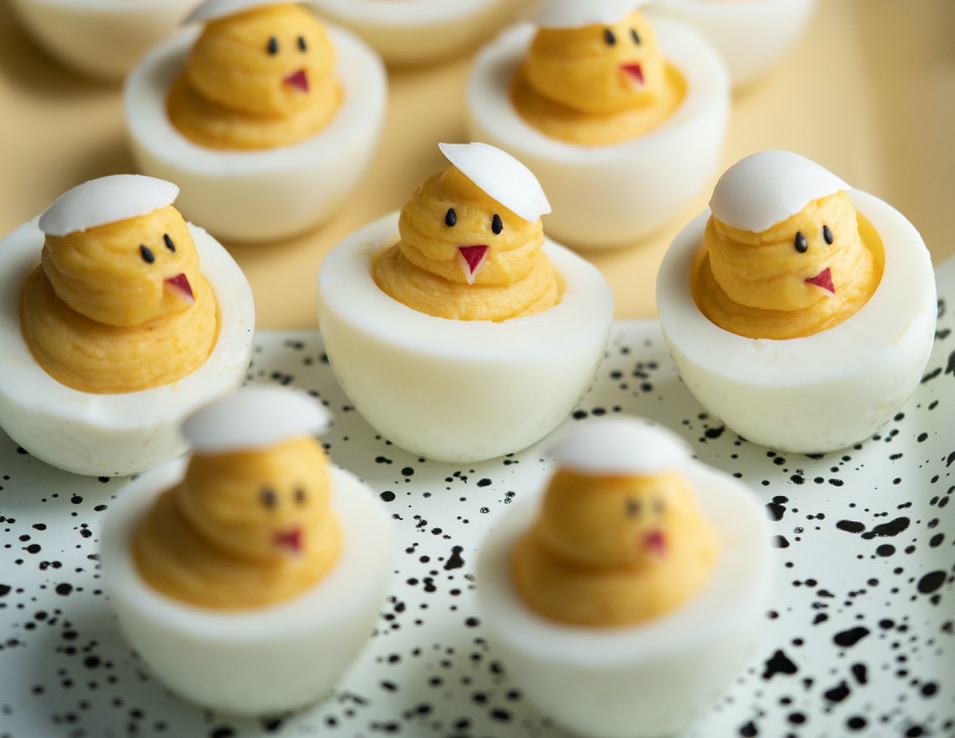Don’t be deterred by a title like “My Vermont Table: Recipes for All (Six) Seasons” (Countryman Press, $30). We may not have six seasons — until this winter, we barely had three — but there are plenty of delicious things for Californians to savor in this new cookbook by Gesine Bullock-Prado.
The renowned pastry chef, cookbook author and King Arthur Flour baking instructor is actually a California transplant, who spent a decade in Hollywood as a film executive, before moving to Vermont in 2004 to relaunch her career in a dramatically different, delicious direction.

The new book reflects a farm-to-table, seasonal ethos that will resonate with West Coast readers. And yes, she says, Vermont has six seasons, if you include pre-winter “Stick Season” — a time to revel in recipes for Spiced Pumpkin Cake, Roast Turkey a la Helga and Cranberry Shrub Sauce — and “Mud/Sugaring Season,” when winter snow turns to slushy mud and maple sugaring is everything. It’s the perfect time of year, she says, to make Maple Liege Waffles, Maple Fudge and Maple Pulled Pork Sliders.
You’ll find recipes for those and more than 100 other seasonal dishes, including Shaved Asparagus Toasts for spring and this adorable, Easter-perfect recipe for Heavenly Eggs.
“I make deviled eggs for just about every celebration,” Bullock-Prado says in the book, “but they seem most at home during Easter, when eggs are symbolic of the season and you can dress them up to look like little chicks. The trick to making these sweet little peeps is to use a fine-mesh sieve to process the egg yolks instead of smashing them up.”
Pressing hard boiled yolks through a sieve aerates the eggs, which results in not only fluffy, light-as-air texture but more volume, she says, “so you’ll have enough filling to fill almost all the egg white cups.”
Here’s a peek.

Heavenly Eggs
Makes 24 halves
INGREDIENTS
12 large eggs
1⁄4 cup mayonnaise
2 tablespoons olive oil
1 tablespoon Dijon mustard
1 teaspoon white wine vinegar
Salt
Black sesame seeds for eyes
1 red radish, skin peeled and cut into small triangles for beaks
DIRECTIONS
Place the eggs in a large saucepan, large enough that all are settled at the bottom of the pan without overlapping. Cover the eggs with cold water by at least 2 inches. Bring the eggs to a boil over high heat. Once the water starts to boil, allow to continue for 2 minutes and then immediately turn off the heat. Allow the eggs to sit in the hot water, covered, for 10 minutes and then drain.
Keep the eggs in the pot and, once drained, cover them with ice cubes. Leave the eggs to cool until they are cool enough to handle. Peel the eggs.
Using a paring knife, trim just a bit from the top and bottom of the eggs to create a flat surface, reserving the small pieces of egg white that are cut off. Cut the eggs in half horizontally rather than vertically. This is, in fact, not the traditional way to cut deviled eggs.
Gently release the egg yolks from the whites into a bowl. Place the egg white “cups” on a serving platter. Transfer the yolks to a tamis or traditional fine-mesh sieve. Using a plastic bowl scraper or rubber spatula, press the yolks through the sieve into the bowl.
Add the mayonnaise, olive oil, Dijon and vinegar. Gently stir to combine and season with salt to taste.
Transfer the yolk mixture to a piping bag or into a resealable plastic bag and cut off about 1⁄2 inch from a corner of the bag. Pipe the yolk mixture equally among the egg white cups, just to the rim, and then pipe another, smaller dollop on top of that for the head. Place a reserved egg white piece on top of the piped yolk. Place two black sesame seeds on the yolk as eyes and add a small piece of radish for the beak. Refrigerate if not serving immediately.
— Excerpted from MY VERMONT TABLE: Recipes for all (Six) Seasons by Gesine Bullock-Prado Copyright © 2023. Used with permission of the publisher, Countryman Press, a W.W. Norton imprint. All rights reserved.
𝗖𝗿𝗲𝗱𝗶𝘁𝘀, 𝗖𝗼𝗽𝘆𝗿𝗶𝗴𝗵𝘁 & 𝗖𝗼𝘂𝗿𝘁𝗲𝘀𝘆: www.mercurynews.com
𝗙𝗼𝗿 𝗮𝗻𝘆 𝗰𝗼𝗺𝗽𝗹𝗮𝗶𝗻𝘁𝘀 𝗿𝗲𝗴𝗮𝗿𝗱𝗶𝗻𝗴 𝗗𝗠𝗖𝗔,
𝗣𝗹𝗲𝗮𝘀𝗲 𝘀𝗲𝗻𝗱 𝘂𝘀 𝗮𝗻 𝗲𝗺𝗮𝗶𝗹 𝗮𝘁 dmca@enspirers.com


